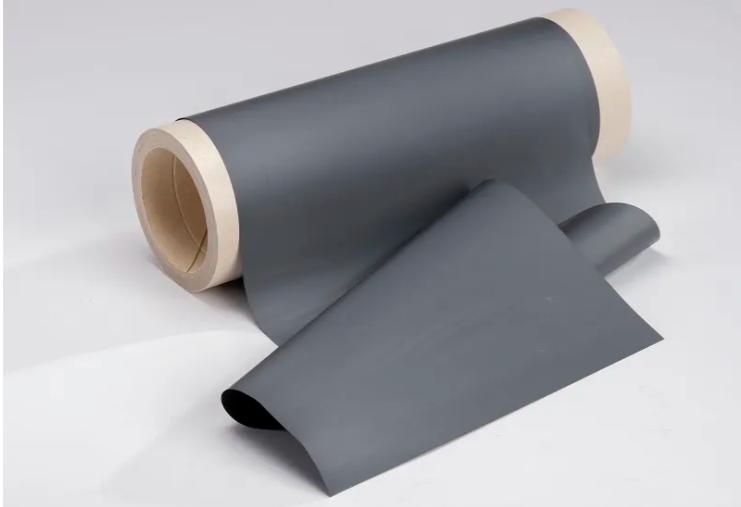In recent years, the quest for next-generation, high-energy-density lithium-ion batteries led to anodes with more silicon in place of commonly used graphite. That is due to the abundant, non-toxic material’s theoretical capacity of 3,600 mAh/g, compared to graphite’s maximum of 372 mAh/g.
The latest company to report significant progress in silicon anode development is US-based GDI. The company has launched a 100% silicon, “roll-to-roll” processed anode and has announced third-party safety testing results.
According to GDI, its silicon anode has shown over 3,200 mAh/g in third-party testing, which allows for more than 30% energy density than graphite anodes, enabling repeated 15-minute fast charging for hundreds of times, back to back.
While the perks of fast charging, safety and high energy are difficult to get simultaneously in today’s lithium-ion batteries, GDI says that its technology allows for all three as a result of its silicon architecture, bonded directly to copper alloy foil made by Germany-based Carl Schlenk AG.
“The next step is to show our anode can enable EV batteries that power vehicles with more than 500 miles of range, allows them to charge 250 miles in 15 minutes, hundreds of times, and improves safety,” said GDI CEO Rob Anstey. “Our mission at GDI is to deliver a complete 100% silicon anode that can be integrated into existing battery production, greatly reduces GHG emissions from the anode production, and scales rapidly on cutting-edge industrial equipment.”
GDI has worked in partnership with AGC, a Japan-based glass and plasma coating technology specialist, to demonstrate the MWh scale of its roll-to-roll production using AGC’s modified glass coating equipment. The anode specialist has shown that its finished product can be dropped directly into existing cell production lines, avoiding numerous steps and cutting costs.
“GDI and AGC have developed a clear roadmap to gigawatt-scale production by 2028, so that this technology can used in tens of thousands of high-performance vehicles by 2030,” Anstey said.
GDI calculates that its advanced production method reduces greenhouse gas emissions by 80% compared to graphite anodes.
The company has also announced third-party testing results showing that battery cells featuring GDI’s silicon anode are “far more resistant to thermal runaway than the current state of the art high energy EV cells on the market.”
The 3.5Ah pouch cells were made by US-based Navitas with an energy density of more than 250Wh/kg and featuring a standard liquid electrolyte. After leaving a nail pierced through Navita's cell with a GDI anode for 10 hours, there was no fire, no smoke, and temperatures only increased by 10 C.
Moreover, the cell was able to pass nail penetration testing, even with commercial off-the-shelf liquid electrolytes, and a high nickel cathode, only heating up to 30 C, said the company.
GDI is based in New York, with a European R&D center and pilot production facility in Eindhoven, the Netherlands. It is currently setting up its first MWh-scale roll-to-roll production facility in Lauenförde, Germany. The company is backed by venture capitalists, industry experts, government bodies, EIT InnoEnergy, and strategic investors.
This content is protected by copyright and may not be reused. If you want to cooperate with us and would like to reuse some of our content, please contact: editors@pv-magazine.com.




By submitting this form you agree to pv magazine using your data for the purposes of publishing your comment.
Your personal data will only be disclosed or otherwise transmitted to third parties for the purposes of spam filtering or if this is necessary for technical maintenance of the website. Any other transfer to third parties will not take place unless this is justified on the basis of applicable data protection regulations or if pv magazine is legally obliged to do so.
You may revoke this consent at any time with effect for the future, in which case your personal data will be deleted immediately. Otherwise, your data will be deleted if pv magazine has processed your request or the purpose of data storage is fulfilled.
Further information on data privacy can be found in our Data Protection Policy.